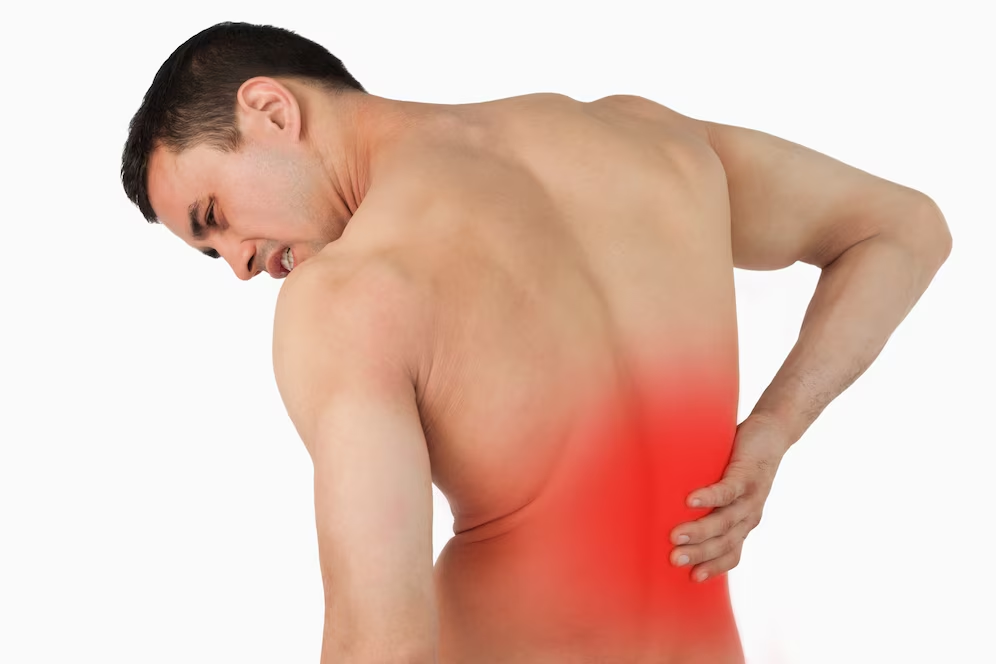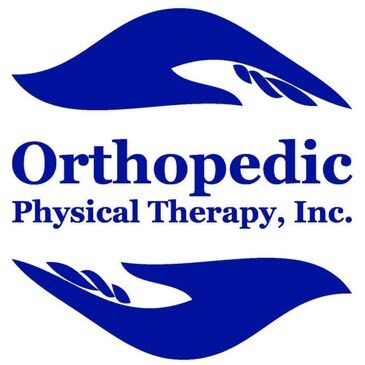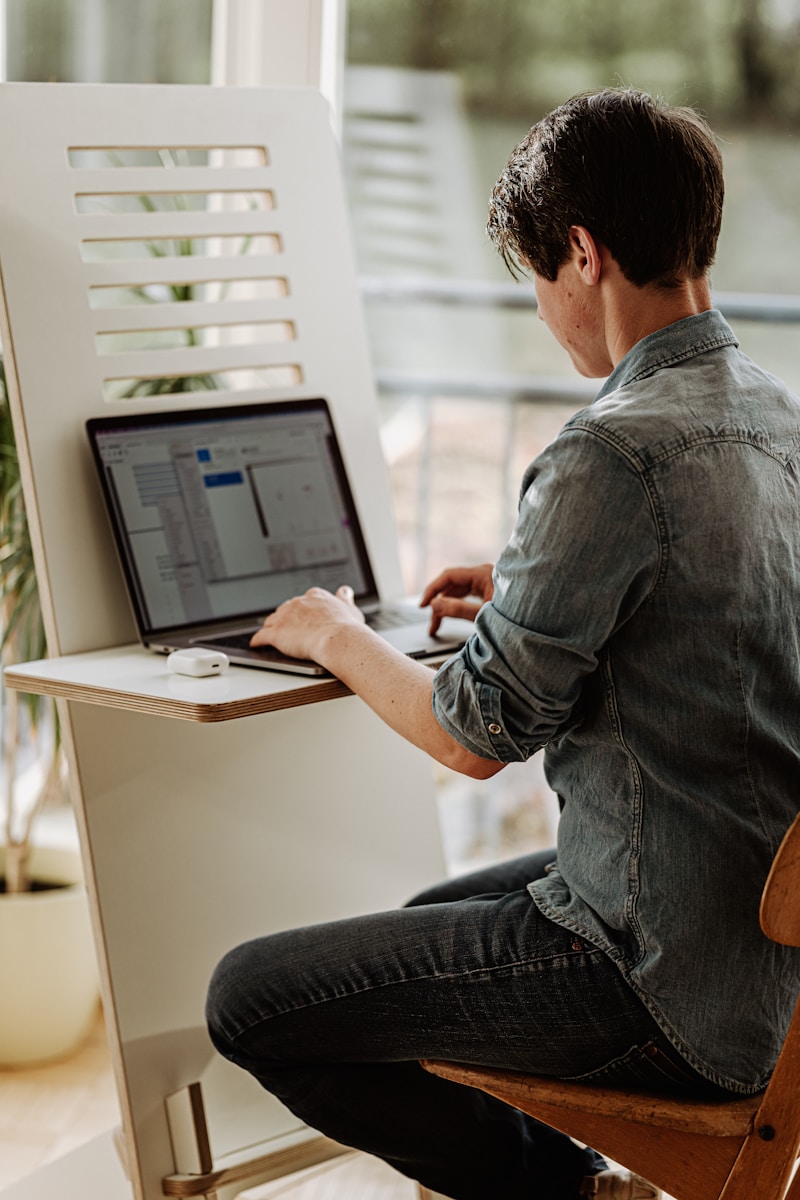Is back pain causing you to move a little slower and more cautiously? If left untreated, chronic back pain can lead to long-term dysfunction. Back pain is one of the most common physical complaints that people suffer from and more than 80% of the US population will experience back pain at some point in their lifetime. Back pain can interfere with your ability to bend, kneel, lift, reach, do work and enjoy time with your family. Not to mention, it can make you down right irritable and affect others around you. At Orthopedic Physical Therapy, Inc, we specialize in diagnosing and treating back and neck pain through customized physical therapy programs that target the root cause—not just the symptoms.
Why do I have back pain?
Back pain occurs for a number of reasons, but has a few simple root causes:
- Weakness in the spinal and core muscles of the trunk
- Poor posture and strain on the spine with slouched sitting
- Repetitive injury to muscles and tissues around the spine with poor lifting
- Trigger points that may cause pain and dysfunction
- Poor coordination of the abdominal, pelvic and back muscles
Most people don’t seek treatment soon enough and continue to suffer with a nagging ache or pain in their back. They may even feel symptoms travel to the buttocks and legs. Many people feel that not much can be done for back pain and use medication to numb the pain to get through the day. However, medication mostly masks the pain and does nothing to address the root cause or source of the problem. Want to know if your symptoms match any of these causes? Visit our Back & Neck Pain Treatment page for more information.
The Role of Stress in Back Pain
Mental stress can manifest physically—especially in your back.
When you’re under stress, your muscles—particularly in the neck and lower back—can become tense and tight. Chronic stress may even change your posture without you noticing, leading to long-term discomfort. Integrating relaxation techniques, breathing exercises, or even yoga can reduce muscular tension and improve pain outcomes.
The Long-Term Impact of Ignoring Back Pain
Chronic back pain, when left untreated, can lead to:
- Loss of mobility and flexibility
- Compensatory injuries in other body areas
- Reduced quality of life
- Psychological effects like irritability and depression
If you’re noticing pain spreading to your buttocks or legs, it’s time to consult a professional.
Solutions to Back Pain
Solutions to Back Pain starts with determining the true cause or source. A thorough evaluation of your movement, strength, posture, muscles and joints, can reveal a lot about the true origins of your pain. Only then, can the proper plan be formulated to get you out of pain quickly and back to the activities you love. Whether you just tweaked your back or have been suffering for a long time, seeing one of our physical therapists can help you return to a more active and pain-free life. Ready to take the first step? Contact us today to schedule an appointment.

5 Keys to a Healthy Back
1. Keep a Good Posture
When you are standing, imagine a string through the top of your head lifting you straight up. This puts your neck, shoulders, spine and hips in natural alignment. With sitting, make sure you sit back in the chair with your feet on the floor and your lower back supported. Your shoulders should not slouch when sitting. Avoid soft couches when you can.
2. Lift Properly
Picking things up is a normal part of our day. Even if you pick up something light, your back muscles have to lift the weight of your upper torso and control that movement. Make sure you always face what you need to pick up, squat keeping your spine straight and push with your leg muscles. This helps reduce the excessive pressure on your spine.
3. Stay Flexible
Flexibility is key to maintaining a healthy back. By keeping your body flexible, the normal forces of movement and lifting can be distributed across the spine, rather than focused onto a few segments, which can then fail. An easy stretching routine everyday can keep you feeling great and put a spring in your step.
4. Stay Strong
You have hundreds of muscles, which control the movement of your spine. Major muscles that support the spine are called your core and include your abdominal, pelvis, spinal and hip muscles. By keeping your core muscles strong, you support your spine and have the ability to easily control lifting, quick movements, bending and a lot more.
5. Physical Therapy
The physical therapists at Orthopedic Physical Therapy, Inc are experts in evaluating spine and body movement. By having a regular checkup, you can make sure your body is in good condition to tackle the activities you love. If you have a history of back pain, injury or are currently experiencing aches and pains, we can analyze your problem and construct a treatment program that will work best for your individual problem. With hands-on therapy and targeted exercises, we can help you return quickly to feeling your best. Even if you suffer from severe pain we can help you get out of pain and living the life you deserve. Check out our Back & Neck Pain Services to learn how we can help.
The Importance of Walking for Back Health
A simple walk can do wonders for your spine.
Walking is a low-impact activity that encourages spinal movement, improves circulation, and strengthens postural muscles. Just 20–30 minutes a day can decrease stiffness and support healing. We’ll teach you how to start safely—even if you’re in pain.
Ergonomics at Home and Work
Poor setup = increased back pain risk.
Ergonomic changes to your workstation or home environment can significantly reduce strain. Your chair, screen height, keyboard placement, and even the angle of your feet all impact your spinal alignment. Our team can help you assess and improve your ergonomics—reach out to us for a consultation.
Don’t Wait—Treat Your Back Pain Today
Even if you’ve been suffering for years, it’s never too late to get help. Our expert team at Orthopedic Physical Therapy, Inc will work closely with you to relieve pain and restore movement—so you can get back to living your best life.
📍 Located locally and ready to help.
📞 Contact us now to schedule a consultation.



